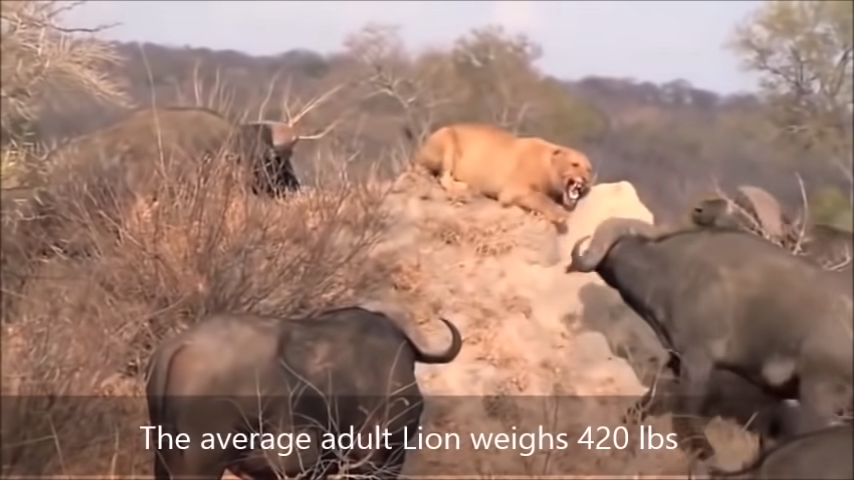The African buffalo is not an ancestor of domestic cattle, and is only distantly related to other larger bovines. Owing to its unpredictable nature, which makes it highly dangerous to humans, the African buffalo has never been domesticated unlike its Asian counterpart, the water buffalo. Other than humans, African Cape buffaloes have few predators aside from lions and are capable of defending themselves. Being a member of the “big five” game family, the Cape buffalo is a sought-after trophy in hunting.
The African buffalo or Cape buffalo (Syncerus caffer), is a large African bovine.[2] It is not closely related to the slightly larger wild Asian water buffalo, and its ancestry remains unclear. Syncerus caffer caffer, the Cape buffalo, is the typical subspecies, and the largest one, found in South and East Africa. S. c. nanus (forest buffalo) is the smallest subspecies, common in forest areas of Central and West Africa while S. c. brachyceros is in West Africa and S. c. aequinoctialis is in the savannas of Central Africa. The adult buffalo’s horns are its characteristic feature; they have fused bases, forming a continuous bone shield referred to as a “boss”. It is widely regarded as a very dangerous animal, as it gores and kills over 200 people every year.
Also known as Black De.ath, the Cape Buffalo can be extremely dangerous, and is said to have k.i.l.led more big game hunters than any other animal in Africa. An impressive creature, males can reach heights of 6ft and weigh a hefty 1, 750 lbs. A record-sized savannah-type male actually weighed 2,200 lb!
Cape Buffalo is most aggressive when it has been wo.unded, or, if one of the calves from the herd is under attack. Since the average shooting distance on a Cape buffalo is between 20 and 60 yards, be prepared to run like h.e.ll if your shot doesn’t bring it down.
An angry buffalo will circle and stalk its prey, waiting for the perfect moment to tear apart its opponent with its massive, thick horns. Cape Buffalo are also known to engage in mobbing behavior when fighting off predators.



